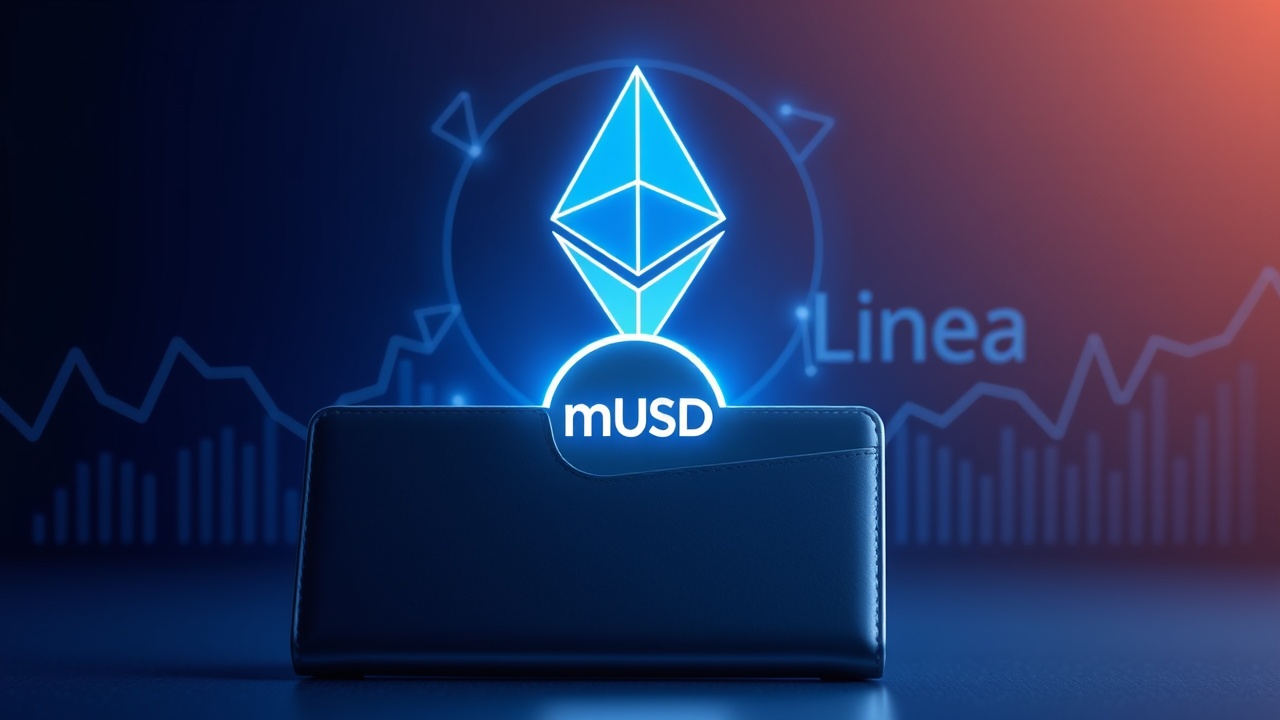Introduction of mUSD by MetaMask
In a significant move within the decentralized finance (DeFi) landscape, MetaMask introduced its native stablecoin, mUSD, marking a novel entry by a self-custodial wallet into the realm of dollar-pegged digital assets. Officially announced on Wednesday, this stablecoin promises seamless integration throughout MetaMask’s expansive ecosystem, allowing users to transform self-custodied cryptocurrencies into stable dollar-backed tokens with greater ease.
Management and Regulatory Compliance
The issuance of mUSD will be managed by Bridge, a subsidiary of Stripe, and will maintain a one-to-one backing with equivalent dollar assets, adhering to the regulations set forth by the recently enacted GENIUS Act. Users can expect to have access to this stablecoin within the MetaMask wallet later this year, with availability on both the Ethereum network and Linea, a layer-2 blockchain developed by Consensys, MetaMask’s parent company. Notably, Consensys is also one of the investors in Decrypt, but the publication operates with full editorial independence.
Future Applications and Strategic Vision
Looking ahead, MetaMask envisions mUSD playing a crucial role in their payment infrastructure, specifically as a method of payment for the physical MetaMask debit card, which is supported by Mastercard, planned for release by the end of this year.
MetaMask’s strategy to introduce a stablecoin aligns with the rising interest and regulatory green light in the sector, coinciding with the ongoing proliferation of stablecoin projects. The leadership team at MetaMask believes that mUSD will stand out among its competitors due to its inherent user base, comprising millions of active crypto traders engaged with the platform.
User Experience and Competitive Edge
Ajay Mittal, the Vice President of Product Strategy at MetaMask, noted the advantages mUSD holds over other stablecoins, particularly concerning user experience. He highlighted aspects such as potential cost efficiencies, improved integration, and more efficient transactional flows within the MetaMask ecosystem. By designing mUSD to serve as a foundational liquidity mechanism in DeFi, MetaMask aims to enhance the usability and attractiveness of its stablecoin.
Regulatory Restrictions and Future Incentives
However, it’s important to note that, unlike other stablecoins associated with payment platforms, mUSD will not be exclusively issued by MetaMask but rather by a third party, Stripe. The GENIUS Act, which recently received presidential approval, restricts stablecoin issuers from providing rewards or yield on deposits. Nevertheless, this law does not impede other entities from offering such benefits, which has allowed companies like PayPal and Coinbase to provide attractive returns – often between 3% and 5% annually – even on stablecoins linked to their platforms.
In response to inquiries about potential rewards for mUSD deposits, Mittal clarified that while mUSD will not currently offer direct yields to users, it could be involved in future incentive initiatives within the MetaMask ecosystem. This positions mUSD not just as a transactional tool, but possibly as a more integrated part of MetaMask’s broader financial strategies in the future.




